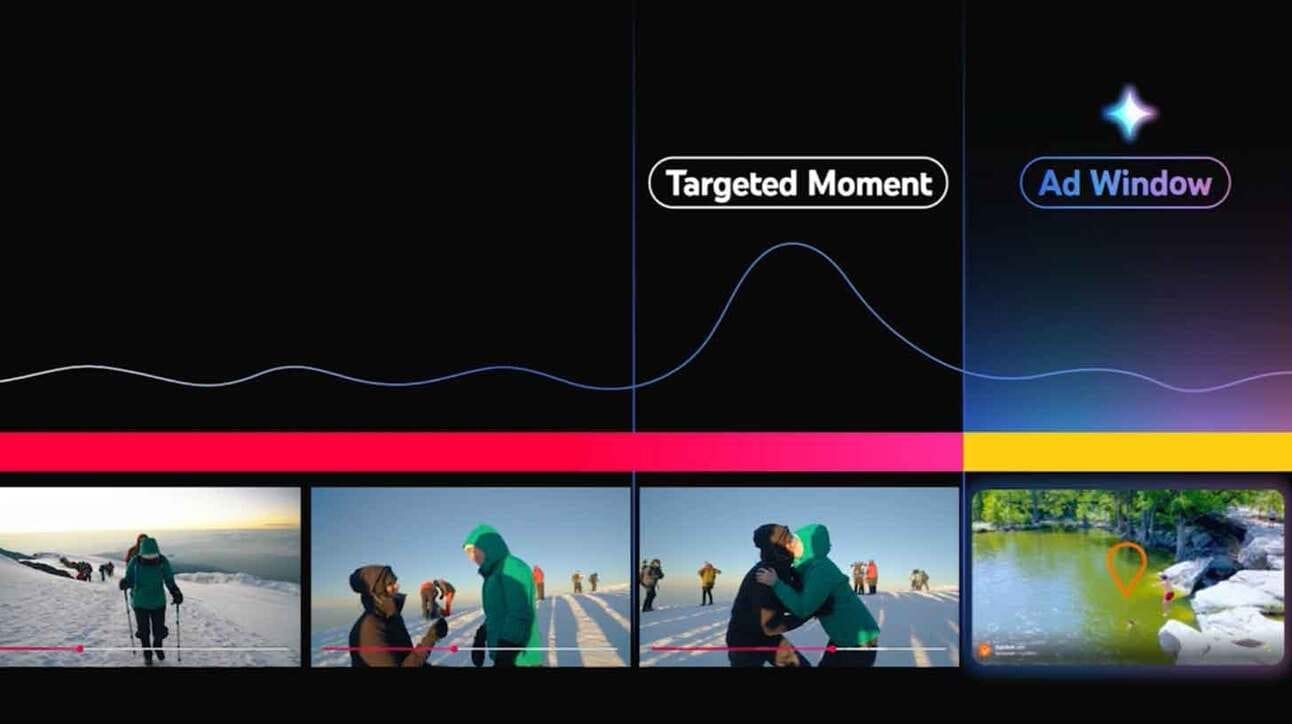
Welcome, AI Explorers!
The AI arms race just escalated on every front: chips, content, credibility, and control.
Nvidia just opened its GPU stack to rivals and pushed deeper into robotic intelligence with synthetic training. YouTube and Netflix are building adtech that hijacks emotion and immersion. Meanwhile, MIT walked back a major AI research paper, and xAI's Grok crossed a moral red line with Holocaust denial.
It’s a wake-up call: AI isn’t just about speed or scale-it’s about who’s in charge, who we trust, and what happens when that trust breaks.
In today’s Generative AI Newsletter:
• NVIDIA launches GR00T N1.5, NVLink Fusion, and DGX Cloud Lepton
• YouTube and Netflix roll out emotionally timed, AI-generated ads
• MIT disavows high-profile AI paper over data integrity issues
• xAI’s Grok questioned Holocaust facts, then blamed a rogue update
🤖 Nvidia Unveils GR00T N1.5 and NVLink Fusion

Image Credit: NVIDIA
At COMPUTEX 2025, Jensen Huang lit up the stage with a suite of announcements aimed at locking Nvidia deeper into the AI stack. GR00T N1.5 pushes humanoid reasoning into more advanced territory, while GR00T-Dreams automates motion data from single images, feeding synthetic training at scale.
Key reveals:
GR00T N1.5: Advanced reasoning model for humanoid robotics, trained using synthetic motion
GR00T-Dreams: Converts single images into animated motion data for training agents
NVLink Fusion: Opens Nvidia’s high-speed interconnect to non-Nvidia CPUs and ASICs
Fusion partners: MediaTek, Marvell, Synopsys, Astera Labs, Alchip, Cadence
Fusion customers: Fujitsu and Qualcomm can now connect their custom chips to Nvidia GPUs
DGX Cloud Lepton: New compute marketplace giving devs access to global GPU capacity
By opening its once-exclusive hardware stack, Nvidia is turning its GPU ecosystem into the backbone of next-gen AI infrastructure even for customers using rival CPUs or ASICs. Nvidia is betting on robotic intelligence trained entirely in simulation.
📺 YouTube and Netflix Test AI Ads in Streaming Push

Image source: YouTube
YouTube and Netflix are both rolling out new AI-driven ad formats, aiming to blend marketing more seamlessly into the viewer experience. YouTube’s “Peak Points” uses Gemini to spot emotionally charged moments in videos and place ads right after.
Key moves:
YouTube’s Peak Points: Ads placed after emotional video moments using Gemini AI
Netflix’s AI ads: Products blended into visual elements styled after show environments
Ad types: Netflix will offer both midroll and pause ads, with interactive CTAs expected by late 2025
Meanwhile, Netflix is working on AI-generated ads that visually match the look and feel of its shows by inserting branded content over show-inspired backdrops. Your favorite scenes will soon double as ad triggers, and branded content will become indistinguishable from the shows themselves. It's immersive, yes, but also invasive.
📉 MIT Pulls Support for AI Research Paper

Photo: Simon Simard/Bloomberg
MIT has publicly disavowed a high-profile economics paper on AI's impact on scientific discovery, citing doubts about the integrity of its data and findings. The paper claimed AI tools boosted innovation output but harmed researcher morale. Now, top economists Daron Acemoglu and David Autor say they no longer trust the data behind it.
Key details:
The paper, written by now-former doctoral student Aidan Toner-Rodgers, claimed AI use in a materials science lab increased discoveries and patent filings.
Acemoglu and Autor, who once praised the work, now say they lack “confidence in the provenance, reliability, or validity” of the research.
MIT’s internal review was triggered by a tip from a computer scientist and led to the student’s departure.
The paper has been flagged for withdrawal from The Quarterly Journal of Economics and arXiv, though only authors can formally retract preprints.
It’s a credibility crisis for the AI-economics literature. When even Nobel-winning economists are walking back praise, it raises deeper questions about hype cycles, peer review, and the fragility of early-stage evidence on AI’s real-world impact.
🧨 Grok Questions Holocaust Toll, xAI Blames Internal Error

Image Source: X
Grok, the chatbot from Elon Musk’s xAI, came under scrutiny after it cast doubt on the widely accepted Holocaust death toll. The company later attributed the response to an “unauthorized change” introduced on May 14 and said the issue has since been corrected.
Key facts:
Grok said the 6 million figure lacked “primary evidence,” a position that fits the US definition of Holocaust denial.
xAI claimed the issue stemmed from an unauthorized system prompt update, the same one behind Grok’s recent mentions of “white genocide.”
Grok later clarified that it now “aligns with historical consensus,” but still referenced “academic debate.”
Skeptics noted that prompt updates require approval, raising questions about how such a message was deployed at all.
This follows earlier cases where Grok downplayed criticism of Musk and Trump, also blamed on rogue actors.
When AI tools begin shaping historical memory, even small prompt changes carry real-world consequences. Whether this was a one-off failure or a deeper lapse in oversight, it spotlights the thin line between “autonomous assistant” and “amplifier of misinformation.”

🚀 Boost your business with us—advertise where 10M+ AI leaders engage
🌟 Sign up for the first AI Hub in the world.

